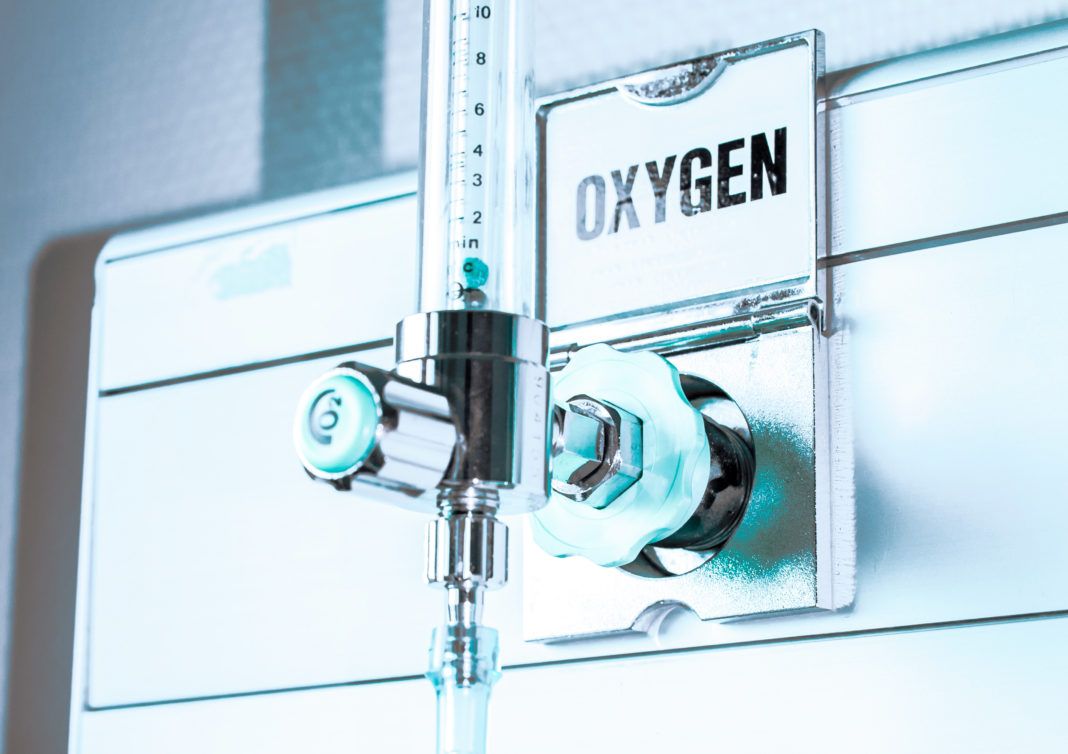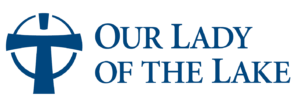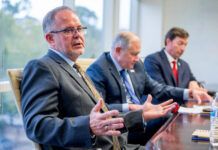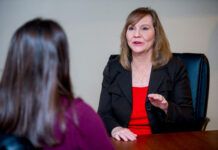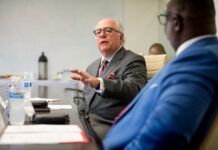Sponsored by
Our Lady of the Lake has innovated standard care for COVID-19 patients resulting in improved patient outcomes while reducing pressure on the precious supply of ventilators.
A working group made up of nurses, respiratory and physical therapists, pharmacists, intensive care physicians, infection preventionists and nurse educators who teach proper donning and doffing of personal protective equipment, along with environmental service team members who disinfect patient rooms collaborated to identify processes and standards that protect their safety while making optimal treatment options available for patients infected by the new coronavirus.
The result: Our Lady of the Lake is treating a growing number of COVID-19 patients while reducing the number of patients on ventilators, said pulmonologist intensivist and medical director of quality and patient safety, Dr. Chris Thomas who is helping lead Our Lady of the Lake’s COVID-19 response.
“If we can successfully treat patients without putting them on a ventilator, their recovery is faster and outcomes are improved,” Dr. Thomas said.
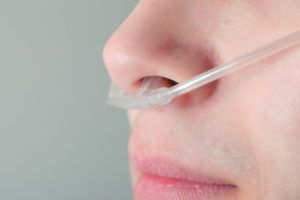 Ventilators are usually the last resort to help patients breathe. Less invasive approaches, which deliver oxygen through nasal tubes or facemasks, result in fewer complications and patients recover faster and with less complications. more easily.
Ventilators are usually the last resort to help patients breathe. Less invasive approaches, which deliver oxygen through nasal tubes or facemasks, result in fewer complications and patients recover faster and with less complications. more easily.
However, since the onset of the COVID-19 crisis, most hospitals have stopped using those treatments over fears that those patients exhale greater volumes of virus-infected air, putting healthcare workers at greater risk.
“Our process really is a move back to evidence-based medicine,” Dr. Thomas said.
Our Lady of the Lake was cautious about deviating from what most other hospitals are doing. “We weren’t yet confident we could provide those less invasive treatments safely in the anxious setting of a pandemic,” Dr. Thomas said.
A crucial first step was creating a process to quickly create stand-alone medical units as needed. Our Lady of the Lake established 15 such cohorted units where designated staff care for COVID-19 patients away from other patients and staff. They’re equipped so that patients can stay in one place their entire hospital stay, including if they require intensive care treatment.
Other crucial steps enabling Our Lady of the Lake’s COVID-19 treatment innovations include:
• The hospital provided more than a week of intensive training on all the new cohorted units in the safe and proper use of personal protective equipment. In addition, any team members who get added to the cohort units must complete re-education about donning and doffing PPE.
• Environmental services personnel started disinfecting patient areas rooms three times a day, and after a patient is discharged they perform a “terminal” cleaning in which every inch of the space is disinfected from floor to ceiling.
• The department that sterilizes surgical instruments, less busy now that elective procedures have temporarily stopped, has been turned into a defacto N-95 mask sterilizing operation, ensuring clinical staff always have the masks available.
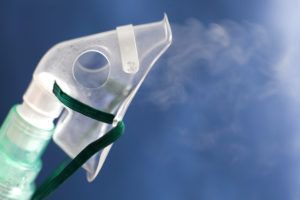 After seven days working on the first three cohorted units, it was nurses and respiratory therapists who requested that the hospital resume administering less-invasive nasal cannula and face mask oxygen support, Dr. Thomas said.
After seven days working on the first three cohorted units, it was nurses and respiratory therapists who requested that the hospital resume administering less-invasive nasal cannula and face mask oxygen support, Dr. Thomas said.
As well as process innovations, physicians are being more judicious in the use of sedation for patients on ventilators, using just enough medication to control pain while keeping appropriate oxygen levels in their blood.
And because physical therapists were included in the intensive PPE training, they are now administering physical therapy sooner for COVID-19 patients receiving ICU care. Medical research has established that patients have faster and easier recoveries the sooner they start moving again.
As of April 9, there were 15 cohorted units. “The calmest place in the hospital is those cohorted units because staff are confident about their safety and the supply of everything from personal protective equipment to medication and medical supplies,” Dr. Thomas said.
 GET DAILY REPORT FREE
GET DAILY REPORT FREE


